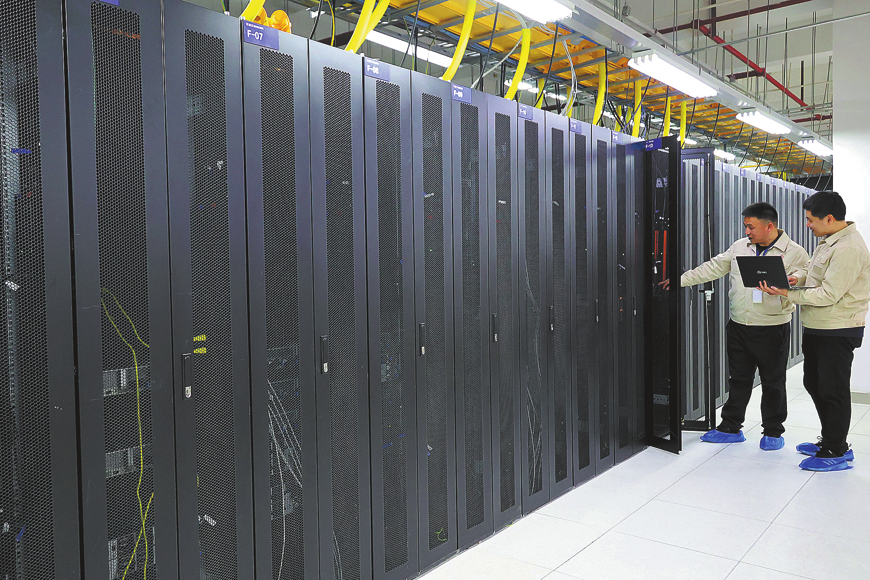Powering ahead

He says incentives used in Norway could also be used in China including offering EV owners priority lanes, free public parking and an abundant supply of cheap low-power charging poles in residential districts.
De Selliers says despite China's determination to become a world leader in EV vehicles it seems the current trials are not yet mature enough, and that charging infrastructure in China is insufficient.
"Europe, on the other hand, is launching Japanese, European and American EVs that are sufficiently mature to be accepted by consumers," he says.
But Chinese authorities say its nation has unique circumstances, which require a different solution.
Ouyang Ming Gao, director of the State Key Laboratory of Automotive Safety and Energy says the US and EU have their own different standards and China cannot copy them when developing its own EV network.
"For example, the battery range in the US is required to be above 60 km a day, but in China, the range can be much lower, given the fact that China has a much dense population and they live relatively closer to working places," he says.
"In China, slow and small-power recharge should be suitable for the majority of drivers while on main roads, the fast and high-power recharge infrastructure should be adopted."
Stefano Nessi, manager of Electro-Mobility at Audi, says if electric cars are good enough and valued by customers, recharging will not become an issue.
"The iPhone needs to be charged every day, but the customer has no problem with that because the iPhone is such as interesting product," he says. "The challenge for car companies is to make EVs into the same interesting product that the customer is willing to sacrifice other features."
China plans to expand its EV infrastructure as sales of new energy vehicles grow and according to the government plan, up to 40 million new energy vehicles may be on the road by 2030. But this number has triggered concern about the stability of the Chinese power grid system.
Yang Junqian, chief expert of smart grid, EV and renewable energy department of Schneider Electric China, says the pressure on the grid system will be huge, when millions of EVs charge at the same time.
"Turning on the 2 kW air-conditioners at the same time can cause an instant power shortage on a summer night in major cities, not to mention charging millions of 20 kW EV batteries in a parking lot," Yang says.
However, Jiang Kejun, director of the energy research institute of National Development and Reform Commission, says the grid will be able to satisfy the charging needs by storing power during the off-peak hours.
"When people drive to their office, park their cars, and plug them into the recharging pillar, the pillar can transport power stored during the night to meet the demand," he says. "Besides, by 2030, the power generated should reach nine trillion kWh and the demand from charging electric cars will be just a small portion of the available power.
"And with better electric car battery technology in the future, power consumed by EVs will drop significantly. Now an EV needs 15 to 23 kWh a day, but in the near future it could drop to 8 kWh."
The source of additional electricity is another concern. EVs can help reduce C02 emissions, says Patrick Blain, president of International Organisation of Motor Vehicle Manufacturers, but only if the power source generating the electricity is clean.
|

Top left: A Honda Motor Co's CR-Z hybrid coupe on display at the Shanghai Auto Show.
Top right: The 2011 Chevrolet Volt on display at the 2011 Washington Auto Show in January.
Above: Croatian company VST has developed a high performance electric car. [Photos provided to China Daily]
|
"If we still get most of our electricity from the coal, we don't reduce a lot of CO2 emission in a real way, even if we drive EVs," he says.
"Nuclear energy is "clean", while it can also be "super dirty" when it is out of control. France already has 75 percent electricity coming from nuclear energy. We have no intention to increase this rate, but we have to consider how to manage the existing ones to serve EVs."
China has plans to reduce C02 emissions by up to 45 percent by 2020 and over the next five years, authorities are aiming to use non-fossil fuels to supply more than 11 percent of the country's total energy consumption.
In 2009, the government invested 23 billion euros in wind, solar, biofuels, and other green energy products, and funding rises each year.
While environmental planners focus on the future, motoring companies are fixed on the now. At the Shanghai Auto show in April, 45 new EV models were wheeled out by the major global auto giants and also by Chinese companies including SAIC's Roewe 350 pure electric, Chang'an Motor's Benben, the Chery Rely M1-EV and Geely's Panda EK electric.
The FAW Group showcased nine new green vehicles announced plans to spend 9.8 billion yuan (1 billion euros) on developing 16 environment-friendly passenger and business models by 2015. Dongfeng Motor Corp said it also planned to launch its first electric car next year and expected its electric car sales to reach 100,000 units by 2015.
BYD showed off its much-talked-about e6, which has distance of 320 km on a full charge, compared with the 225 km of the Nissan Leaf, which was released last year.
However BYD, which sold more than 500,000 regular cars in China last year, has continually delayed the release of its e6 in the US, prompting criticism from industry experts.
Today's Top News
- Reunification will only make Taiwan better
- Outline of Xi's thought on strengthening military published
- Targeted action plan to unleash consumption momentum
- Separatist plans of Lai slammed
- Sinologists help to bridge civilizations
- HK unveils sweeping steps after huge blaze






























